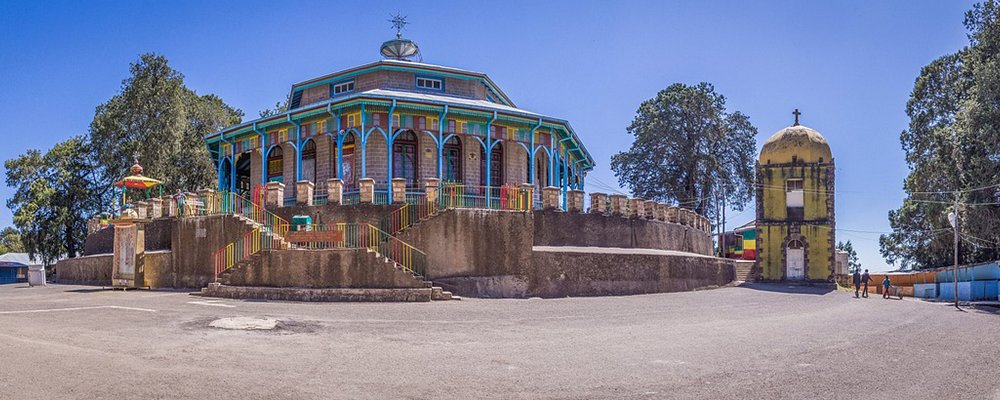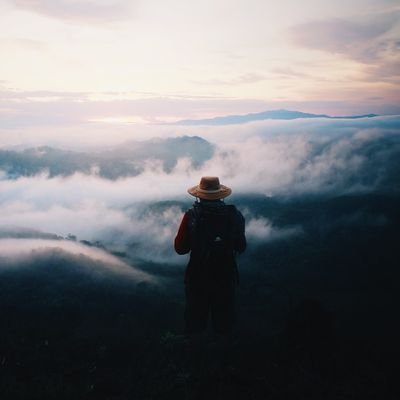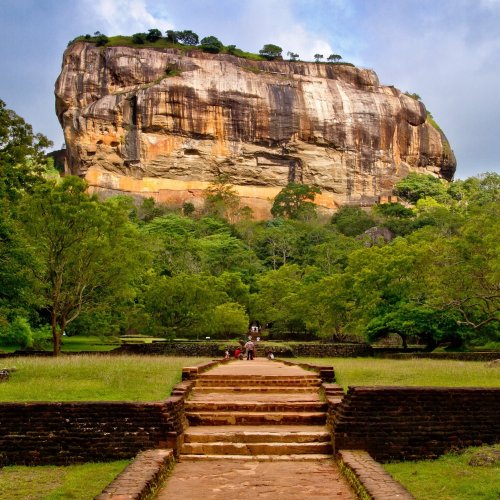Nothing awakens your sleep-addled brain like the tantalizing aroma of freshly brewed coffee. It's liquid gold in a cup that you can taste even before that first sublime sip—your brain comes alive and your mood lightens. Said to be a superfood, coffee, when you don't overdose, is good for you. It's believed to increase insulin levels and stop artery calcification, as it contains many antioxidants. But, drink too much and it may set your heart racing, not in a good way.
Ethiopia is an ancient land of rugged mountain ranges, rustic villages, and a unique cultural experience that will enthrall you. It's considered to be the birthplace of Arabica coffee.
The legendary tale of coffee is wrapped around an Abyssinian goat herder named Kaldi and his over-active and happy goats wandering the highlands near a monastery in 850 A.D. The date may be debatable as it's believed that coffee cultivation began in Yemen in 575 A.D. The strange phenomenon of goats being skittish, dancing on hind legs, and creating a ruckus with loud bleating had the goat herder looking for the source of their euphoria—a small shrub with bright red berries. He tried the berries and ended up in a similar state to his goats—one super happy goat herder. Upon hearing about the berries, his wife told him to go to the monastery to share this heavenly treat with the monks. At first the monks referred to the berries as a temptation sent by the devil and threw them in the fire pit. Of course, the berries roasting in the fire gave off a tantalizing aroma that the monks couldn't resist. They crushed the beans and poured hot water over them to preserve them—alas, the desire to savor this liquid was too great, and the monks drank the magical potion. They declared that sipping this uplifting beverage would be a daily occurrence to help them with their long hours of religious practices. Hence, we can blame the monks for our current-day addiction to coffee.
Constituting 10% of Ethiopia’s agricultural production, the locals slurp down 50% of the country’s output. Coffee is so ingrained in their daily culture that a common saying is ‘coffee is our bread’—buna dabo naw. Coffee is so important that it’s celebrated in a coffee ceremony known as jebena buna—the ceremony usually involves 2 or 3 cups of coffee over several hours—definitely not the Western way of sculling a quick cup on the run. It's a roasting, brewing, and cupping ritual usually conducted by a young female or the home matriarch, often several times daily. Guests bless the coffee before drinking and gossip during the whole affair. After each serving more water is added so the brew gradually becomes lighter. The most common method of brewing coffee is in a 'jebena' coffee pot, usually made of clay—a household item and an iconic symbol of Ethiopian coffee culture. With a long neck and narrow spout, the pot is often elegantly decorated according to social status. Expect spices to be added—ginger, chili, cinnamon, cardamom—and sweetened.
If you can't join the frisky goats in the hills or get a personal invite to experience a traditional coffee ceremony, head to Tomoca Coffee Shop, which has been operating since 1953 in the capital city of Addis Ababa. Written about in most travel books, Tomoca is an old and small cafe with a super retro vibe and no chairs. It's a stand-up coffee indulgence with the chance to set your cup on a high-top table. If you are traveling around Ethiopia, you'll always be able to find an excellent cup of coffee as everyone is considered a micro-roaster, with plenty of curb-side cafes that can be found by the wafting scents of fresh popcorn and the earthy aroma of frankincense.

Addis Ababa is the cultural and commercial hub of the country where you can see at the National Museum a replica of 'Lucy' (a 3.2 million-year-old fossil skeleton of a human ancestor) found in Hadar. Outside of the capital is Aksum, which was built in 100 A.D. Once the capital of the Aksumite Kingdom, it's still inhabited today and where the Ark of the Covenant rests in the holy site of the Chapel of the Tablet. From the city of Bahir Dar you can reach Lake Tana's islands cloaked in ancient monasteries and churches where hippos—known as river horses—bounce along the bottom of the lake or wallow on the banks. Hikers can be taken on wild nature treks by local guides in the Bale Mountains National Park, where Ethiopian wolves still roam, or visit the Danakil Depression—the lowest point in Africa, 155m below sea level—and camp on the crater’s rim of an active volcano. Traditional ceremonies of the Omo Valley tribes can be witnessed in the Southern Rift Valley, and in the Simien Mountains, gelada baboons hide amidst jaw-dropping landscapes. The walled citadel of Harar is where the hyenas are fed in a nightly ritual to deter them from attacking the livestock, and Lalibela is a living religious site of 11 rock-hewn churches that will leave you speechless.
How do you order a cup of coffee in Ethiopia? Ask for 'andd bunna,' which translates to one cup of coffee.
N.B. Any trip to Ethiopia should only be undertaken after checking with your government travel advisory and travel insurance websites, as there are numerous areas of civil unrest and armed conflict. It's not a trip to be taken lightly, and should only be contemplated with a reputable tour company on an organized tour. That being said, crime against tourists is relatively low.
Gail Palethorpe, a self proclaimed Australian gypsy, is a freelance writer, photographer and eternal traveller. Check out her website Gail Palethorpe Photography and her Shutterstock profile.















